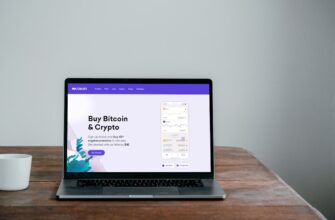What Does “Crypto LP Locked” Mean?
When you hear “crypto LP locked,” it refers to the practice of voluntarily restricting access to your liquidity provider (LP) tokens for a predetermined period. These tokens represent your share in a decentralized finance (DeFi) liquidity pool, where you deposit cryptocurrency pairs (like ETH/USDC) to facilitate trading. Locking them means you cannot withdraw or trade these tokens until the lock-up period expires, typically enforced through smart contracts.
Why Lock Your Crypto LP Tokens?
Locking LP tokens serves multiple strategic purposes in DeFi ecosystems:
- Building Trust: Projects lock LP tokens to prove they won’t abruptly withdraw liquidity (a “rug pull”), reassuring investors.
- Earning Rewards: Many yield farming programs offer higher APY for locked positions.
- Price Stability: Reduced sell pressure on project tokens by preventing sudden LP withdrawals.
- Governance Power: In some DAOs, locked tokens grant amplified voting rights.
How to Lock Your LP Tokens: A Step-by-Step Guide
Follow these steps to securely lock your crypto LP tokens:
- Acquire LP Tokens: Provide liquidity to a DEX like Uniswap or PancakeSwap to receive LP tokens.
- Choose a Locking Platform: Use trusted tools such as Unicrypt, Team.Finance, or project-specific lockers.
- Connect Wallet: Link your Web3 wallet (e.g., MetaMask) to the locking platform.
- Select Lock Duration: Set a timeframe (e.g., 6 months to 2 years). Longer locks often yield better rewards.
- Confirm Transaction: Pay gas fees and sign the smart contract to finalize the lock.
Risks and Considerations of Locking LP Tokens
While beneficial, locking crypto LP carries inherent risks:
- Impermanent Loss Exposure: Locked tokens can’t be withdrawn during market volatility, magnifying potential losses.
- Smart Contract Vulnerabilities: Flaws in locking contracts may lead to fund theft.
- Project Failure Risk: If the project collapses during the lock period, your assets could become worthless.
- Liquidity Crunch: Emergency funds are inaccessible until the lock expires.
Always audit lock contracts via platforms like CertiK and diversify across projects.
Alternatives to Locking LP Tokens
Not ready to commit? Consider these flexible options:
- Staking: Earn yields without locking principal amounts indefinitely.
- Vesting Schedules: Gradually release tokens over time (e.g., 20% quarterly).
- Dynamic APY Pools: Some protocols offer competitive returns for unlocked liquidity.
FAQ: Crypto LP Locked Explained
Q: Can I unlock my LP tokens early?
A: Generally no—locks are immutable. Some platforms offer “penalty-based early unlock” features, but this incurs heavy fees (up to 90% of value).
Q: How do I verify if a project’s LP is locked?
A: Check the project’s website for lock transaction IDs. Use blockchain explorers like Etherscan to validate contract addresses and lock durations.
Q: Do locked LP tokens still earn fees?
A: Yes! You continue earning trading fee rewards proportional to your share, distributed when unlocked.
Q: Is locking LP tokens safer than staking?
A: Not inherently—both carry smart contract risks. Locking reduces rug pull threats but increases exposure to market volatility.








